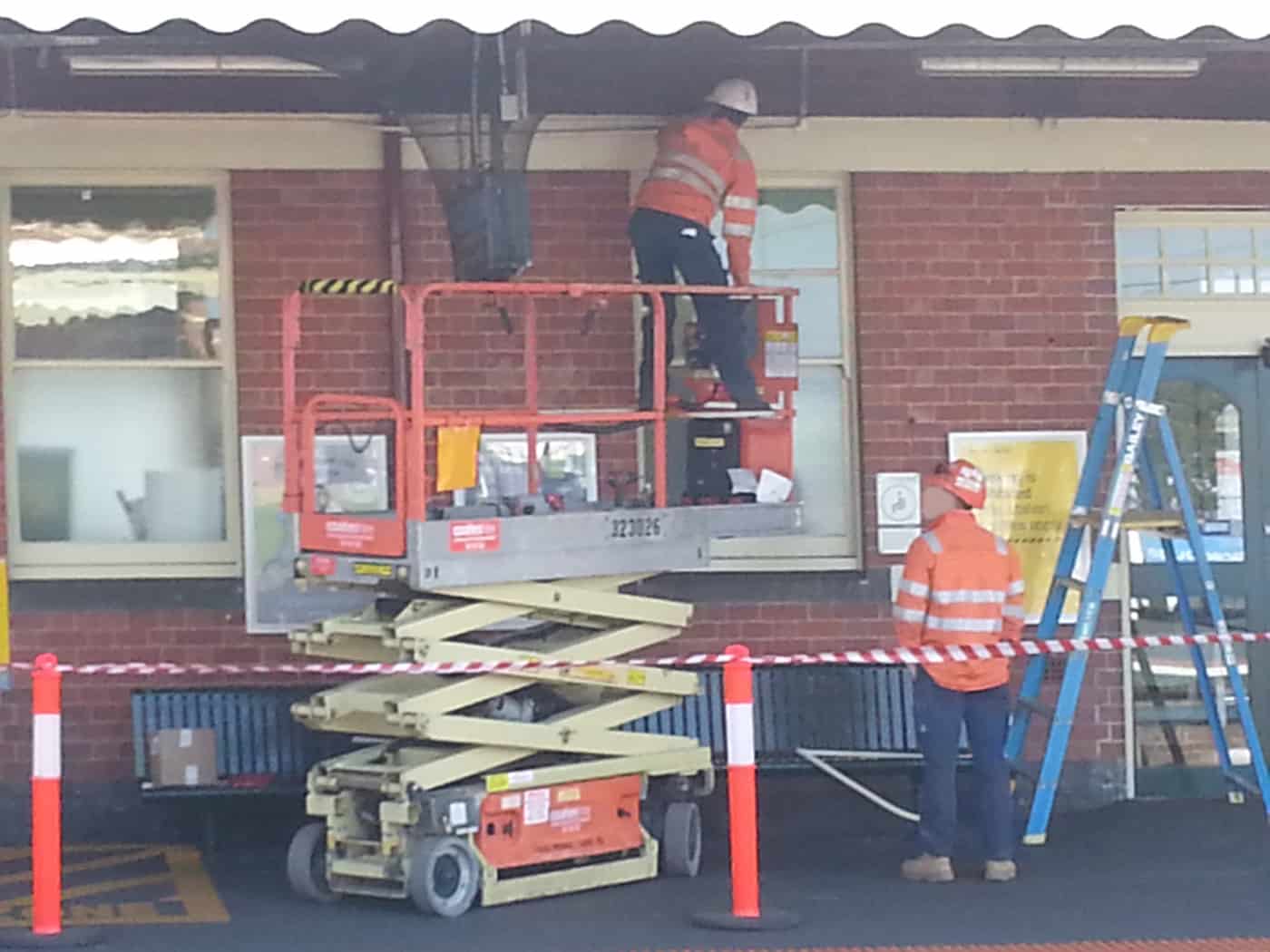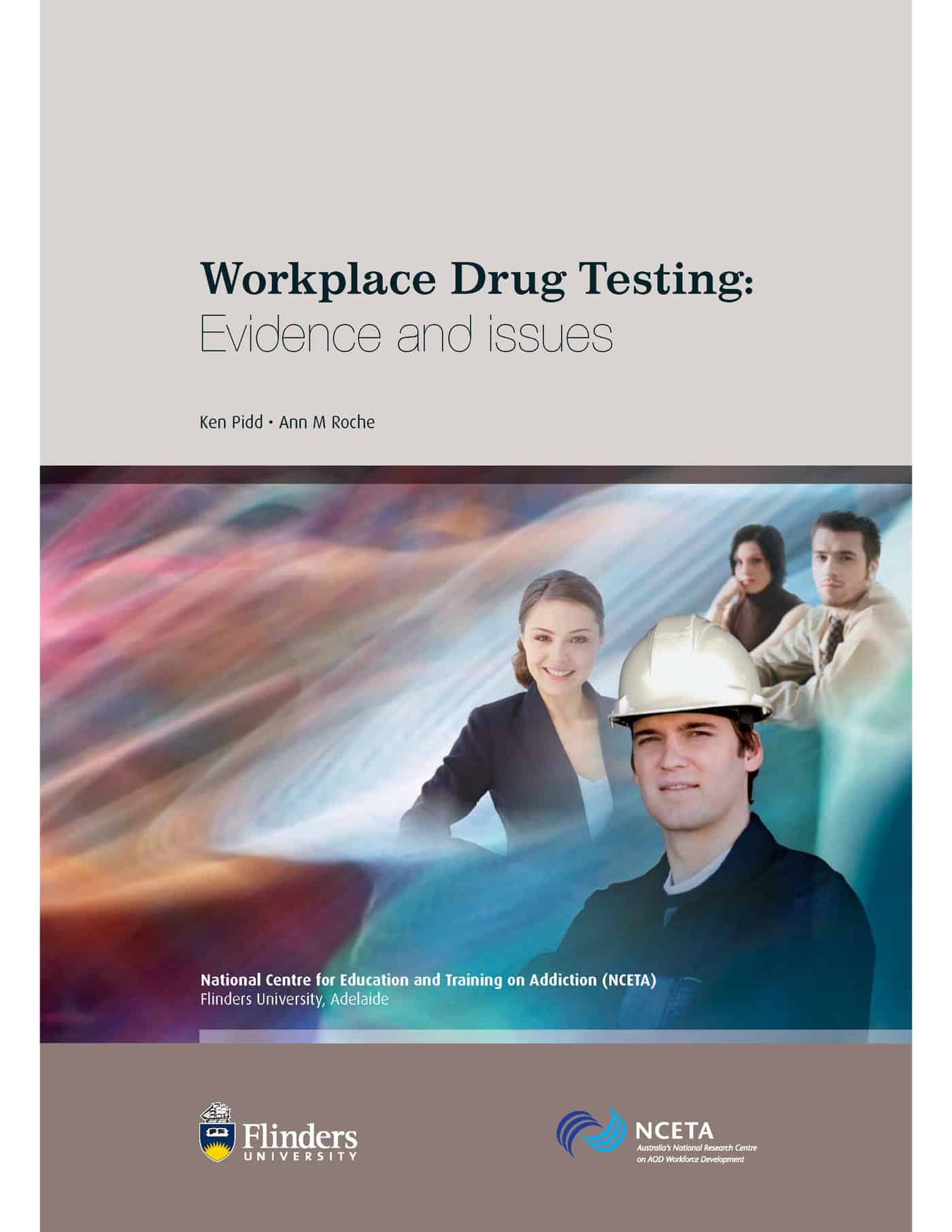Recently an article from an international real estate and investment company stated:
“Marrying health and wellness with design, the WELL Building Standard is catching on fast in the West, but the trend is just starting to take off in Asia.”
This statement is debatable but the recent concern over cheap, flammable cladding in high-rise buildings in Australia should speed up the attention on Safety in Design principles that underpin such initiatives. Continue reading “Green Building can generate OHS returns”



